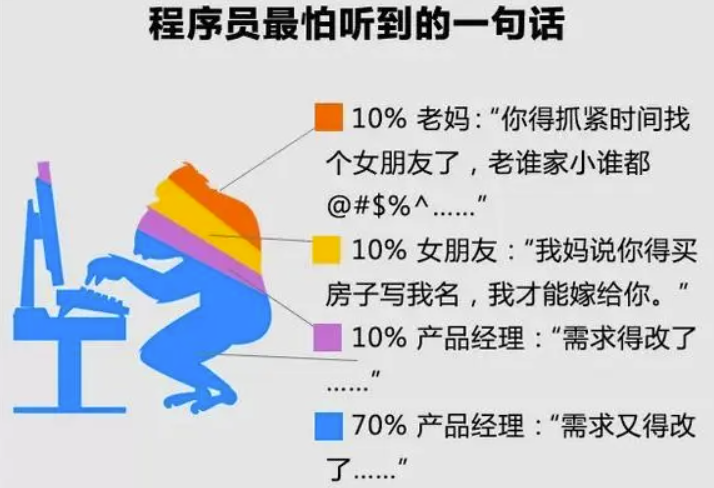Introduction
With the rapid development of internet and cloud computing technologies, building scalable, fault-tolerant and efficient web systems has become a hot topic in software engineering. In recent years, Spring Boot and Spring Cloud have emerged as two popular frameworks for developing microservices-based web applications. In this report, we will summarize the key features and best practices of Spring Boot and Spring Cloud for web system development.
Overview of Spring Boot
Spring Boot is an opinionated framework for building standalone, production-grade Java applications with minimal configuration. It provides a set of pre-configured dependencies and templates that can help developers rapidly develop web applications without worrying about the infrastructure details.
One of the key features of Spring Boot is auto-configuration. With auto-configuration, developers can use various starter dependencies to quickly enable common features such as database access, security, logging, etc. For example, to enable JDBC database access in a Spring Boot application, we can simply add the following dependency to our Maven or Gradle build file:
<dependency>
<groupId>org.springframework.boot</groupId>
<artifactId>spring-boot-starter-jdbc</artifactId>
</dependency>
Then we can use Spring’s JdbcTemplate class to interact with the database without any additional configuration.
Another useful feature of Spring Boot is its embedded web server support. By default, it supports several embedded servers including Tomcat, Jetty and Undertow. This means that we don’t need to deploy our application on an external server during development or testing phases.
Finally, Spring Boot also provides Actuator endpoints that expose useful information about our application’s health status, metrics and other management tasks. We can easily monitor and manage our application using these endpoints.
Overview of Spring Cloud
Spring Cloud is a collection of tools and frameworks for building distributed systems based on microservices architecture. It provides several components such as service discovery (Eureka), client-side load balancing (Ribbon), distributed configuration (Config) and circuit breaker (Hystrix).
One of the key features of Spring Cloud is its support for service discovery. With service discovery, we can register our microservices with a central registry (e.g., Eureka) and use client-side load balancing to route requests to available instances. This makes our system more resilient to failures and easier to scale.
Another useful component of Spring Cloud is Config. It provides a centralized repository for storing application configurations that can be accessed by all microservices in the system. We can also use Git or other version control systems as the backend storage for Config.
Finally, Hystrix provides a circuit breaker pattern that allows us to handle failures and errors in a graceful way. When a downstream service fails or becomes unavailable, Hystrix can fallback to an alternative path or return cached results instead of propagating the error back to the client.
Best Practices for Spring Boot and Spring Cloud Development
- Use Microservices Architecture
In order to fully leverage the benefits of Spring Boot and Spring Cloud, it’s recommended to use microservices architecture when developing web applications. This means breaking down our application into smaller, independent services that communicate with each other via APIs. Each microservice should have its own data store, business logic and presentation layer.
Here is an example of how we can create a simple RESTful web service using Spring Boot:
@RestController
@RequestMapping("/api")
public class UserController {
@Autowired
private UserRepository userRepository;
@GetMapping("/users")
public List<User> getAllUsers() {
return userRepository.findAll();
}
@PostMapping("/users")
public User createUser(@RequestBody User user) {
return userRepository.save(user);
}
}
@Repository
public interface UserRepository extends JpaRepository<User, Long> {}
- Use Service Discovery
When building a microservices-based system with Spring Cloud, it’s important to use service discovery and client-side load balancing to improve the reliability and scalability of our system. We can use Eureka as the service registry and Ribbon as the load balancer.
Here is an example of how we can configure Eureka and Ribbon in a Spring Boot application:
spring:
cloud:
config:
enabled: true
uri: http://localhost:8888
discovery:
client:
simple:
instancesUrl: http://localhost:8761/eureka/apps/
eureka:
instance:
hostname: localhost
client:
registerWithEureka: true
fetchRegistry: true
ribbon:
eureka:
enabled: true
- Use Distributed Configuration
Spring Cloud Config provides a centralized repository for storing application configurations that can be accessed by all microservices in the system. We can use Git or other version control systems as the backend storage for Config.
Here is an example of how we can configure Spring Cloud Config in a Spring Boot application:
spring:
cloud:
config:
uri: http://localhost:8888
fail-fast: true
- Use Circuit Breaker
Hystrix provides a circuit breaker pattern that allows us to handle failures and errors in a graceful way. When a downstream service fails or becomes unavailable, Hystrix can fallback to an alternative path or return cached results instead of propagating the error back to the client.
Here is an example of how we can use Hystrix in a Spring Boot application:
@HystrixCommand(fallbackMethod = "fallback")
public User getUserById(Long id) {
return restTemplate.getForObject("http://user-service/api/users/" + id, User.class);
}
public User fallback(Long id) {
return new User(id, "fallback", "fallback@example.com");
}
Conclusion
In conclusion, Spring Boot and Spring Cloud are powerful frameworks for developing microservices-based web applications. They provide a set of pre-configured dependencies and templates that can help developers rapidly develop web applications without worrying about the infrastructure details. By following best practices such as using microservices architecture, service discovery, distributed configuration and circuit breaker, we can build scalable, fault-tolerant and efficient web systems with ease.
References
“Spring Boot Reference Guide”, https://docs.spring.io/spring-boot/docs/current/reference/htmlsingle/
“Spring Cloud Documentation”, https://spring.io/projects/spring-cloud
“Microservices Patterns: With examples in Java”, by Chris Richardson




















